Analysis of Design Thinking Tactics at Red Rooster Restaurant
VerifiedAdded on 2022/09/15
|5
|1430
|15
Report
AI Summary
This report critically reviews the application of design thinking tactics, specifically focusing on the Service Design Thinking Model, within the context of Red Rooster, a fast-food restaurant chain specializing in roast chicken. The report begins with an overview of Red Rooster and its business operations, highlighting the need for innovation to adapt to changing customer preferences and market demands, particularly regarding vegetarian options. The core of the analysis centers on the Service Design Thinking Model, detailing its four stages: exploration, creation, reflection, and implementation, and how each stage can be applied to Red Rooster's operations. The report emphasizes the importance of understanding customer needs, co-creating solutions with stakeholders, prototyping new services, and implementing feedback to continuously improve the customer experience. Furthermore, the report discusses the principles of service design thinking, such as customer-centricity and value creation, and how these principles can guide Red Rooster in designing new services and menu options. The report also addresses potential business challenges that design thinking can help resolve, such as customer retention issues and the need for innovative process design. In conclusion, the report underscores the potential of design thinking to help Red Rooster adapt to market changes, improve customer satisfaction, and remain competitive in the fast-food industry. The report draws upon multiple academic sources to support its arguments and analysis.
1 out of 5
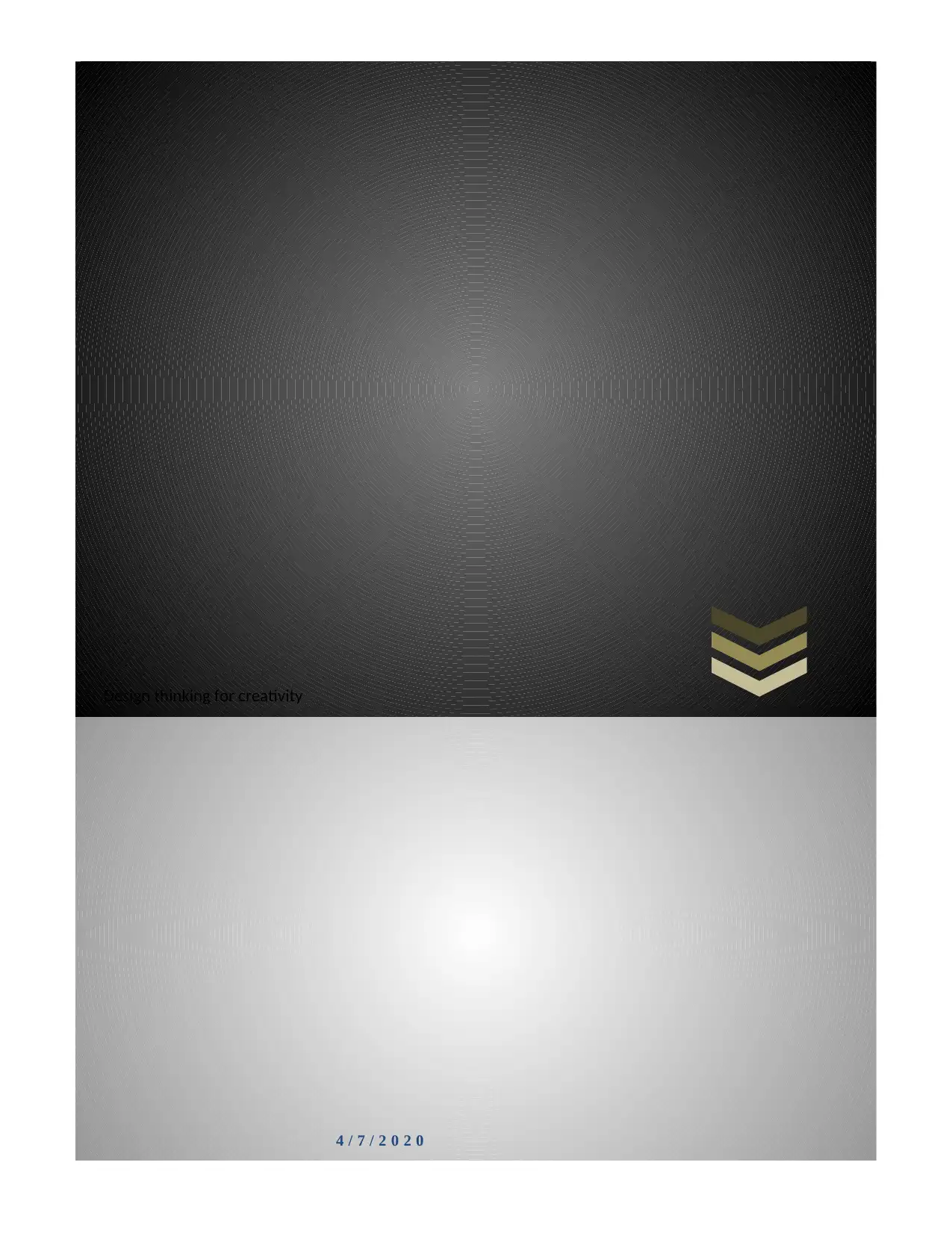
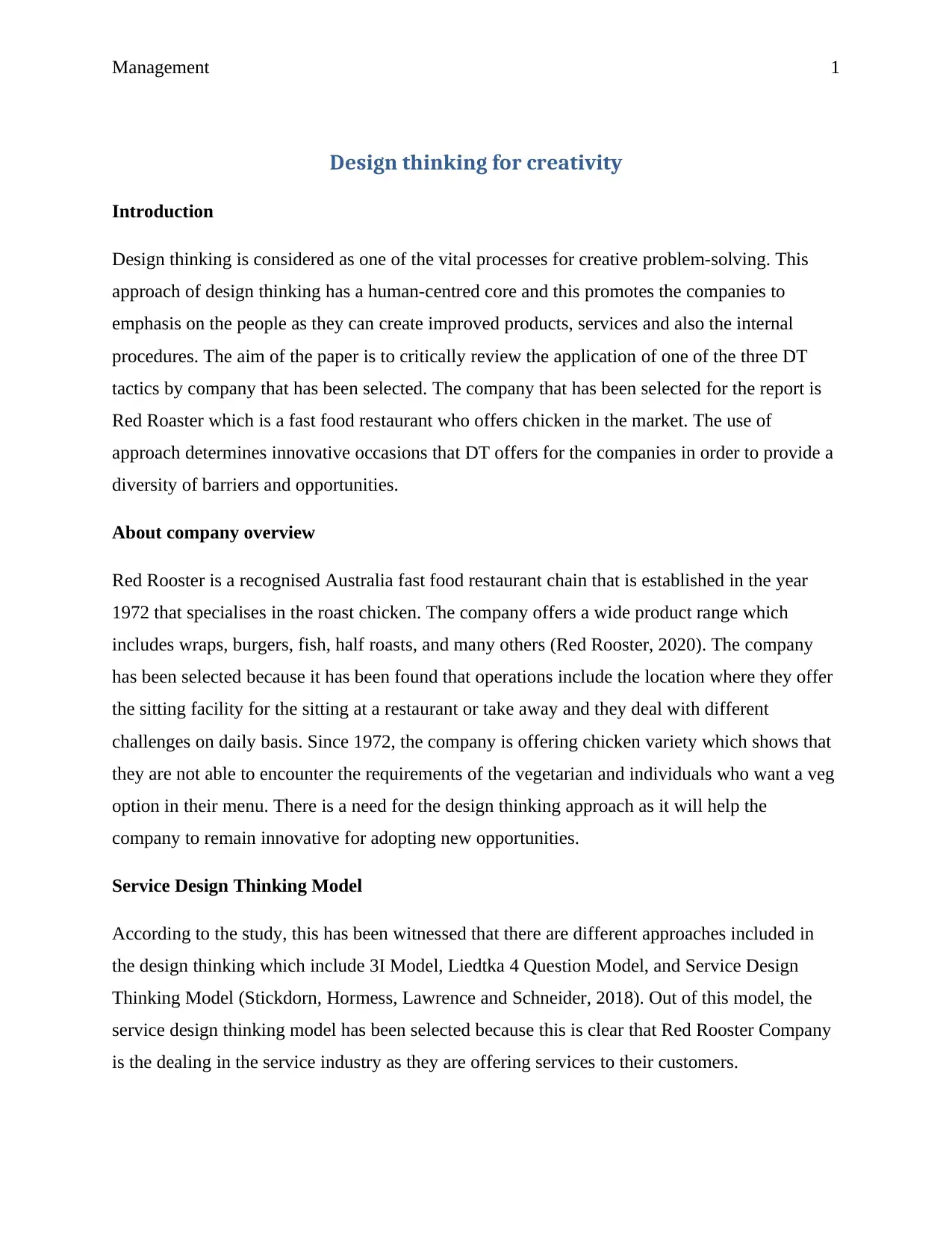
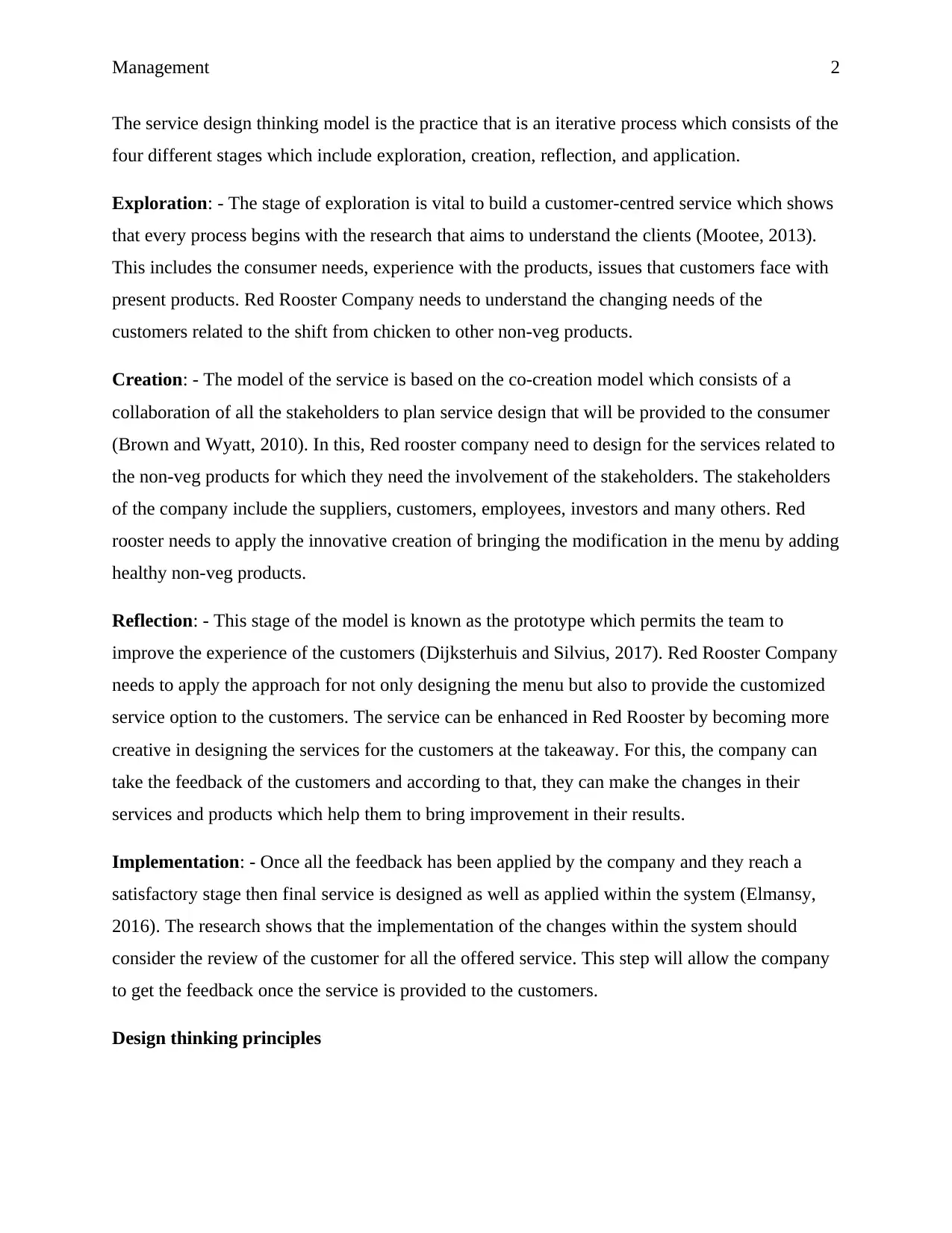

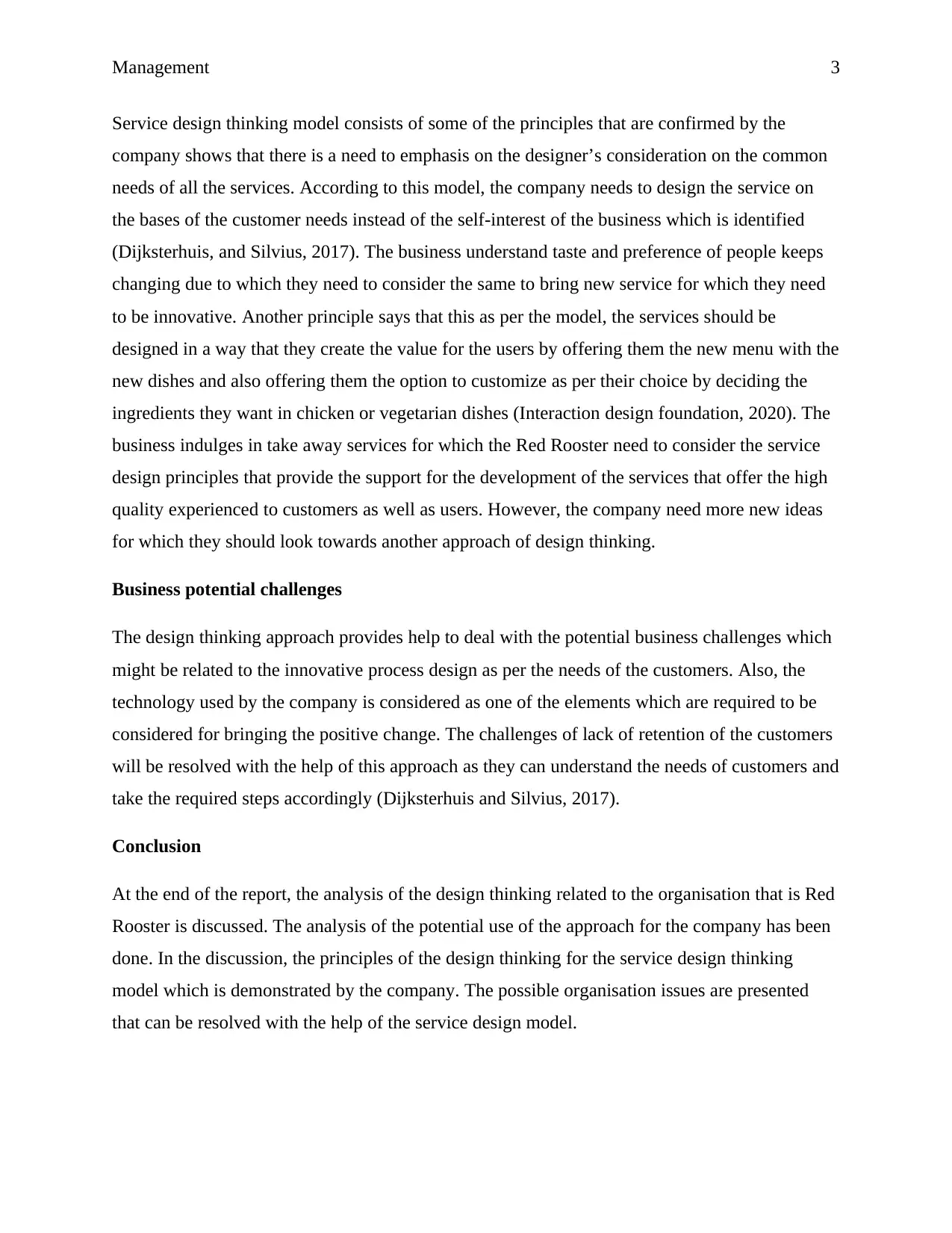
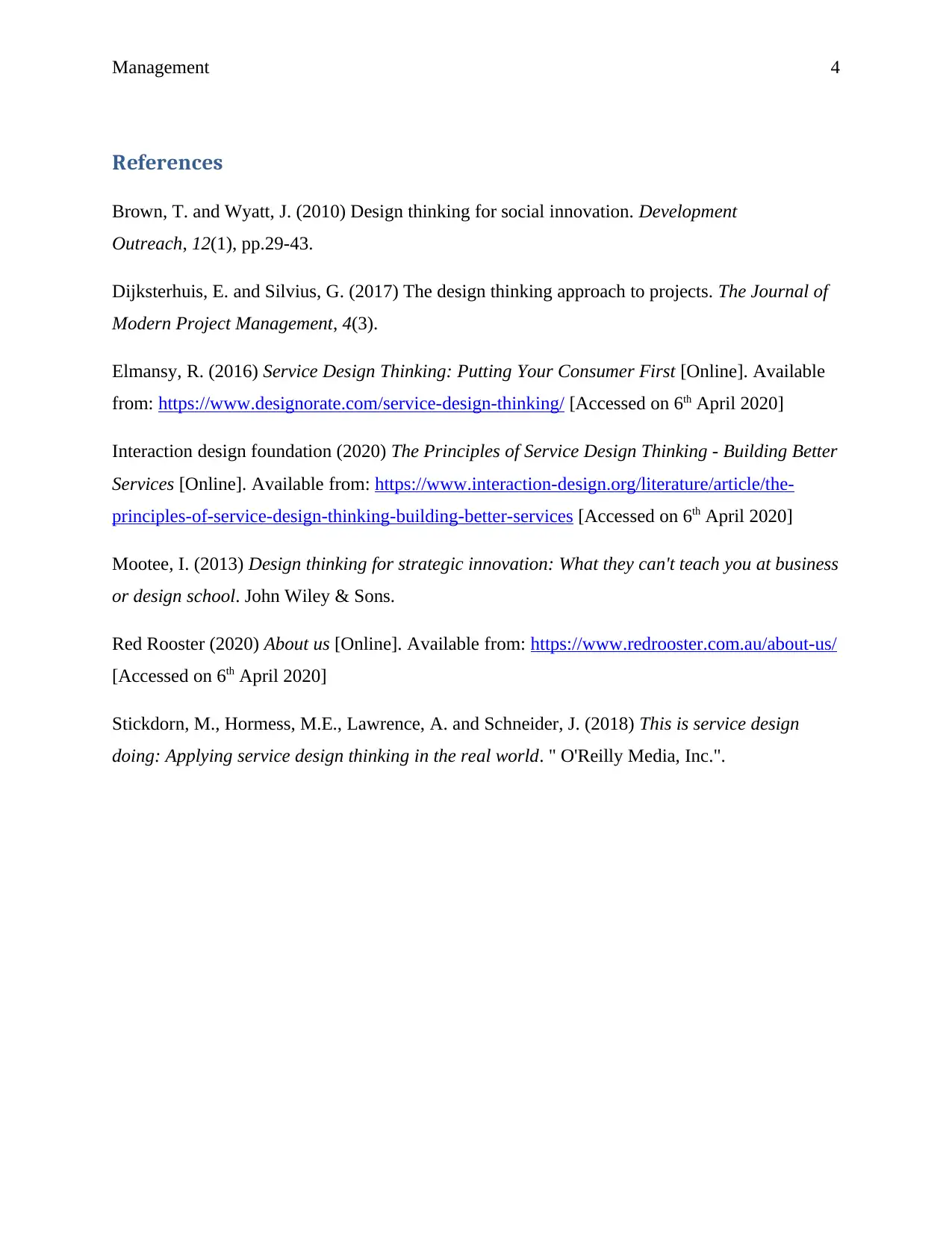






![[object Object]](/_next/static/media/star-bottom.7253800d.svg)